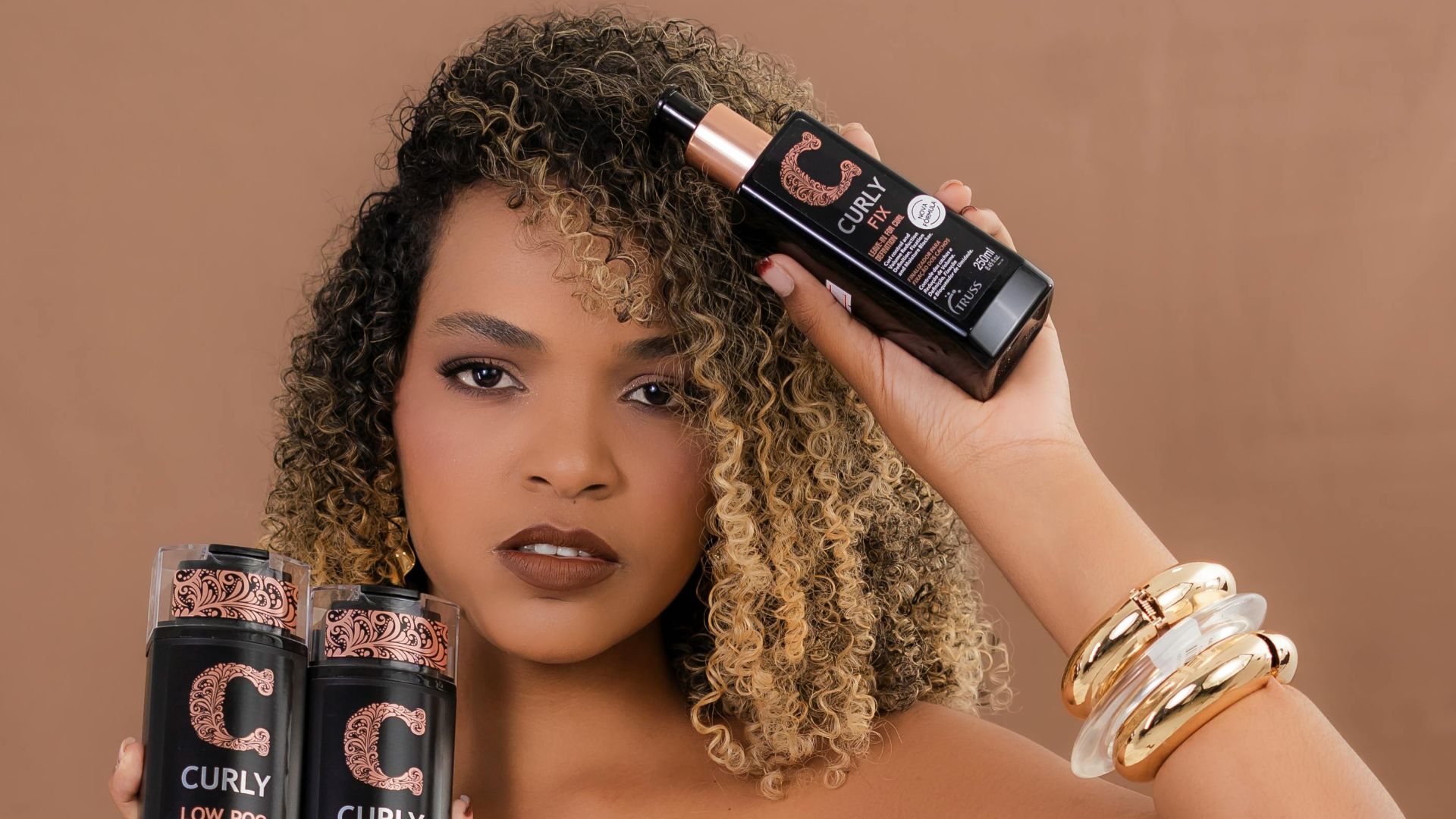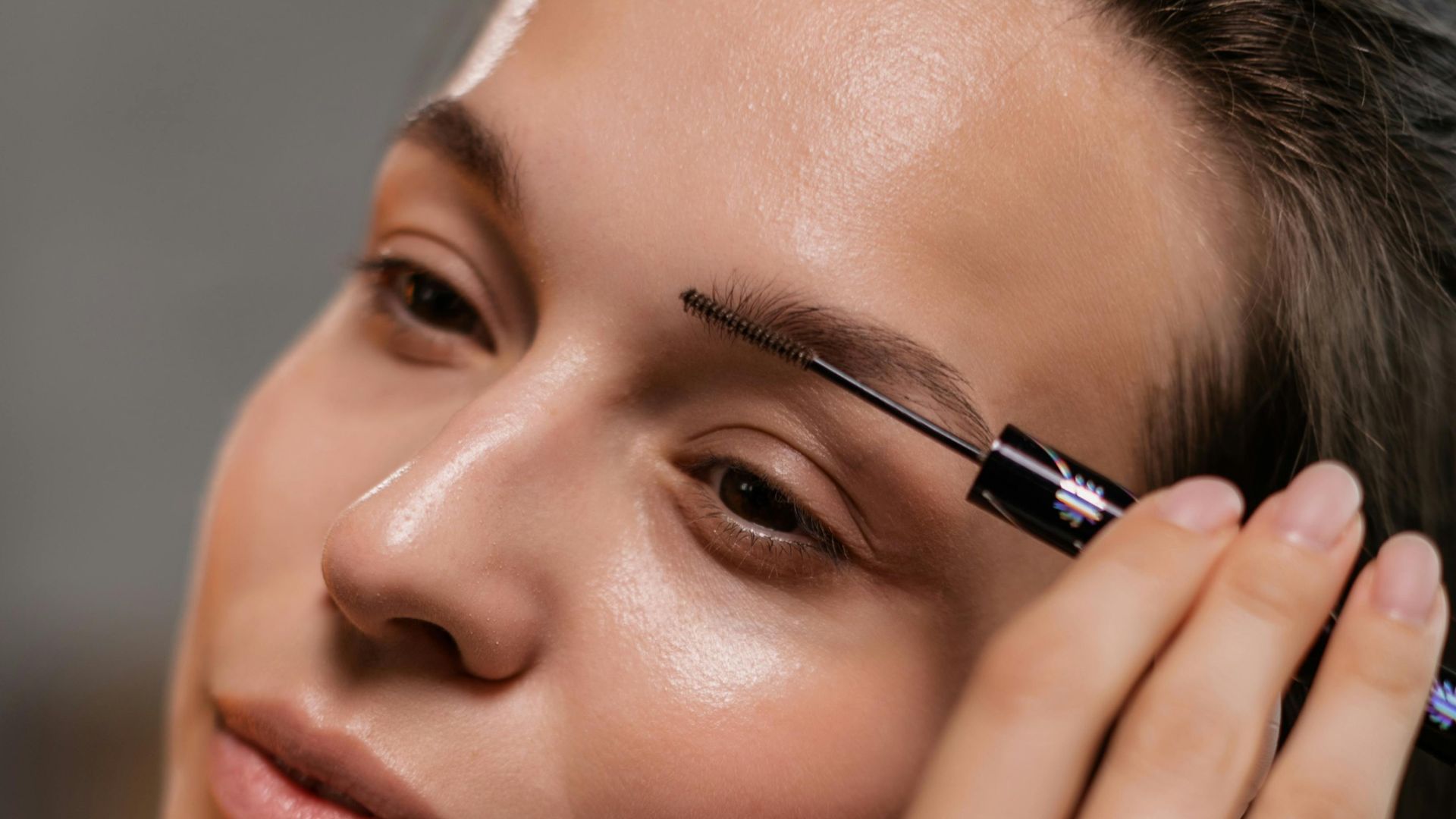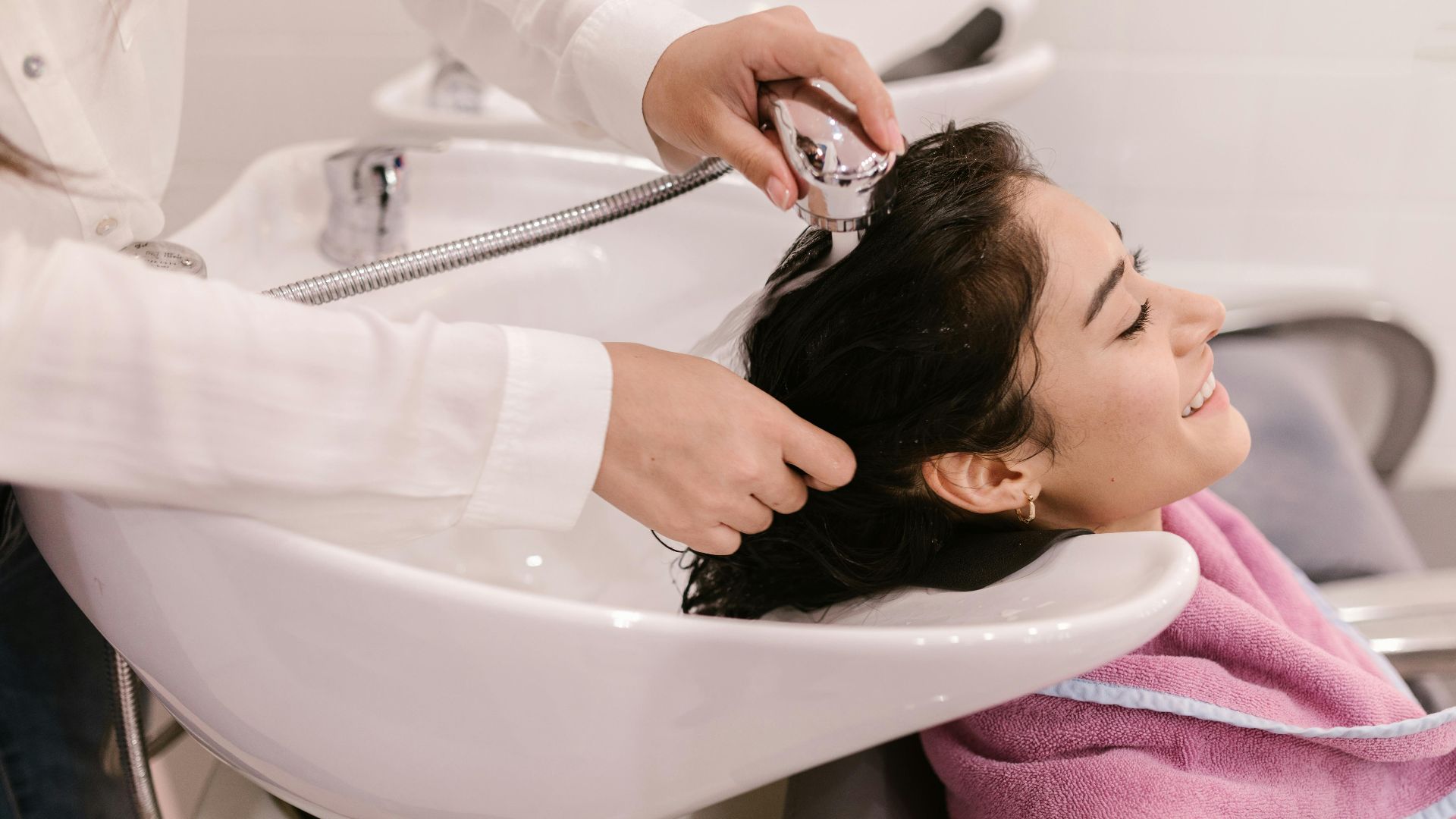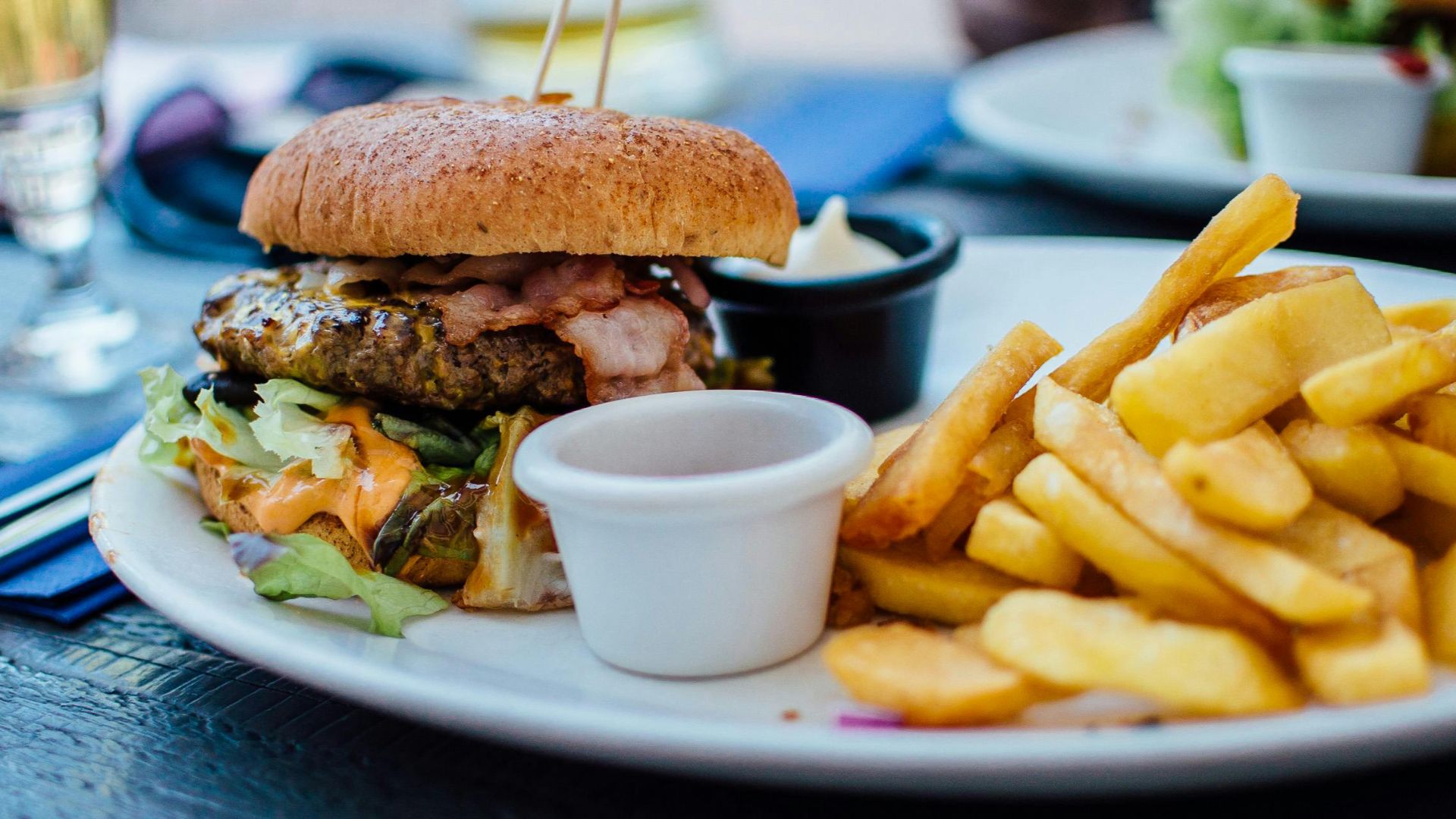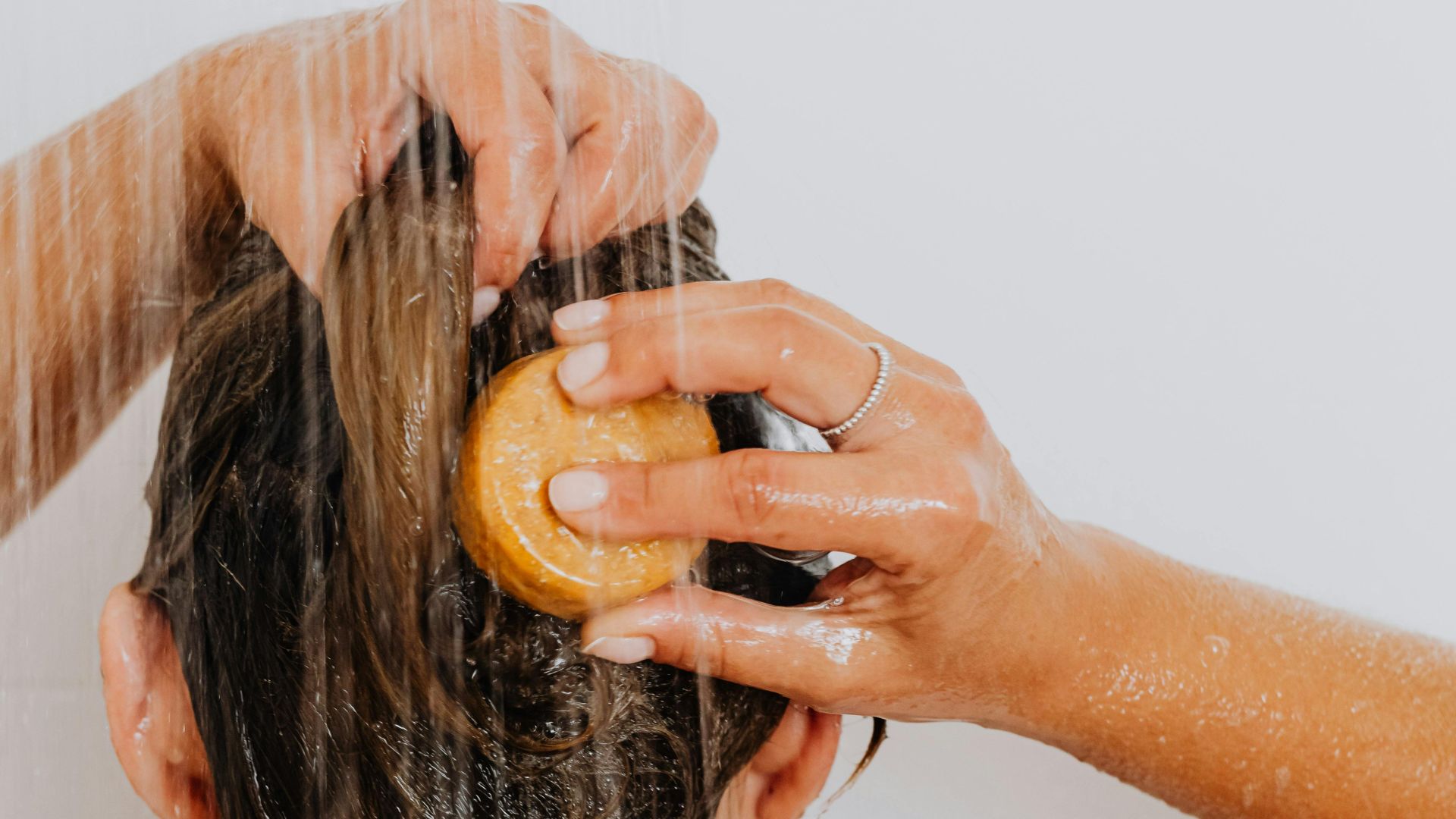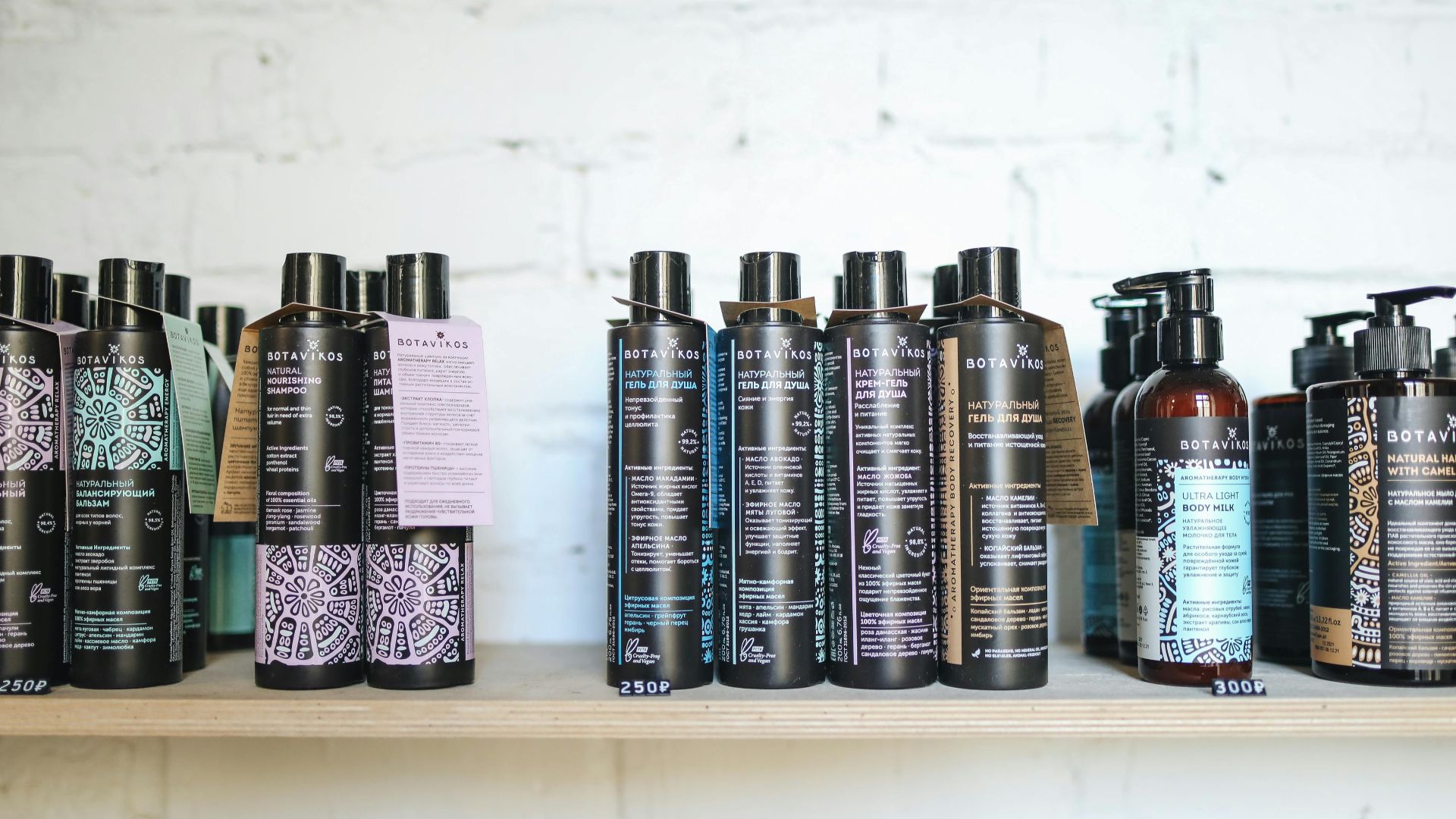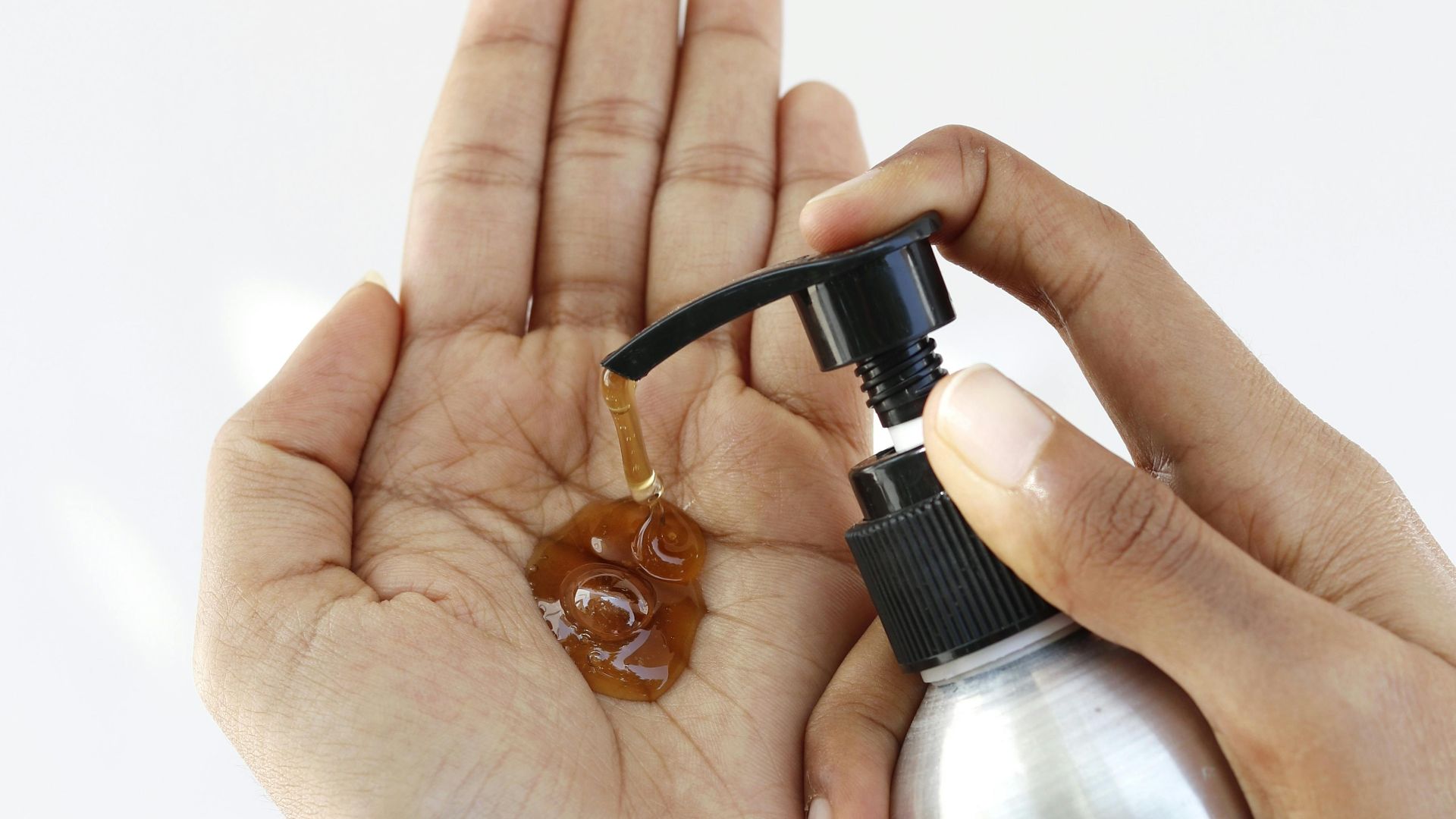Your Guide To Fresher Locks
When your roots turn slick before lunchtime, something beneath the surface needs attention. Oil production isn't random—it responds to specific triggers that disrupt your scalp's natural equilibrium. Identifying these underlying factors helps you move beyond temporary fixes toward lasting results. The answers lie in understanding both biology and daily habits that influence sebum levels. Ahead, you'll discover the reasons behind persistent oiliness, followed by effective strategies to refresh your locks and maintain that clean, light feeling.
1. Genetic Predisposition
Sometimes, oily hair is actually in the DNA. Families share overactive sebaceous glands that pump out extra oil at the roots. People with fine, straight hair inherit a double challenge since oil slides down their strands faster. Even hair thickness (influenced by genes) affects how quickly greasiness shows.
2. Hormonal Imbalances From Puberty Or Pregnancy
Think back to those teenage years or that pregnancy glow, as both often come with a shinier scalp. That’s because hormones like testosterone kick oil glands into high gear. The same thing can happen during your cycle or with PCOS, while menopause usually slows that oil production down.
3. Chronic Stress
Do you notice oilier hair during stressful times? That’s no coincidence. Chronic stress nudges the body to release hormones that boost sebum production. Over time, those hormonal shifts can make the scalp feel slicker and even aggravate dandruff. Moreover, relaxation might not fix it overnight.
4. Seborrheic Dermatitis
When the scalp feels greasy yet flaky, seborrheic dermatitis might be the hidden culprit. This yeast-linked condition thrives in oily environments and triggers redness and stubborn buildup. It doesn’t stop at the hairline either. In fact, it can creep to the brows or nose, especially during stressful or cold-weather flare-ups.
5. High Humidity Environments
Step outside on a muggy day, and your hair instantly reacts. In humid climates, moisture in the air triggers both sweat and excess oil production. The mix of sebum and perspiration makes roots look greasier. Those in tropical regions know this battle well.
6. Scalp Psoriasis
You might think stubborn flakes are just dandruff, but scalp psoriasis tells a different story. It doesn’t create more oil, though. It's just thicker skin that traps it. Those trademark silvery scales sometimes move past the hairline, making the scalp feel tight or coated.
7. Allergic Reactions To Hair Products
Sometimes, the very products designed to make hair gleam end up doing the opposite. Ingredients like artificial fragrances or strong preservatives can trigger irritation beneath the surface. The scalp reacts with inflammation that looks and feels greasy, though there’s no actual increase in oil production happening.
8. Over-Washing
Although washing every day might feel like the answer to greasy roots, it usually makes things worse. Each cleanse removes too much of the scalp’s natural oil, causing it to produce even more. The result is shiny roots up top and dry, brittle ends below.
9. Using Heavy Or Incompatible Hair Products
Heavy oils, rich conditioners, and silicone-packed products can weigh hair down by coating each strand and sealing in existing oil. When applied too close to the scalp, they block follicles and make roots appear greasy long before it’s actually time for a wash.
10. Diet High In Processed Foods And Sugars
Hormones respond directly to what the body consumes. Diets rich in processed or high-sugar foods can increase hormonal activity and sebum output on the scalp. Over time, that extra oil leaves hair looking slick and less voluminous, even with regular washing habits.
Well, every one of those causes has a fix. Here’s how to bring your scalp back into balance.
1. Adjust Washing Frequency Gradually
Cutting back on daily washes takes patience, but the results show fast. Within a few weeks, roots feel lighter and look fresher. And if your hair’s colored, the bonus is real: less frequent washing helps keep that shade bright and salon-fresh longer.
2. Balance Your Diet With Zinc And Omega-3s
Nutrients like zinc and omega-3 fatty acids help regulate oil gland activity. Reducing processed foods and adding leafy greens, nuts, and fatty fish can calm sebum production from within, supporting a healthier, less oily scalp.
3. Minimize Hair Touching
Old habits die hard—like running fingers through freshly washed hair. Each touch transfers oils from hands to strands, flattening volume and speeding up grease buildup. Most people don’t even notice doing it, but breaking the habit keeps roots lighter, fresher, and cleaner for longer.
4. Air Dry Naturally
You don’t need heat to make hair look good. Air drying lets the scalp find its natural balance again, helping reduce irritation and that midweek oil slick. It also keeps ends from drying out and brings out your hair’s natural texture in the best way.
5. Use Clarifying Shampoos Periodically
When styling residue or dry shampoo starts to dull the shine, a clarifying wash resets everything. These stronger cleansers pull out buildup and excess oil, especially those containing charcoal or clay. Just don’t overdo it; once a week or less is plenty to prevent dryness.
6. Clean Brushes Regularly
Even the best hair routine fails if the brush isn’t clean. Oils and leftover product collect on bristles, ready to redeposit on freshly washed strands. A quick soak in warm water and shampoo, plus a toothbrush scrub between bristles, keeps brushes and roots fresh.
7. Apply Aloe Vera As A Mask
Few natural ingredients balance the scalp like aloe vera. Its lightweight, soothing gel removes excess oil while calming irritation. Hydrating without heaviness, it leaves hair soft and refreshed. Bonus: it protects strands from damage. However, those with aloe allergies should refrain from use.
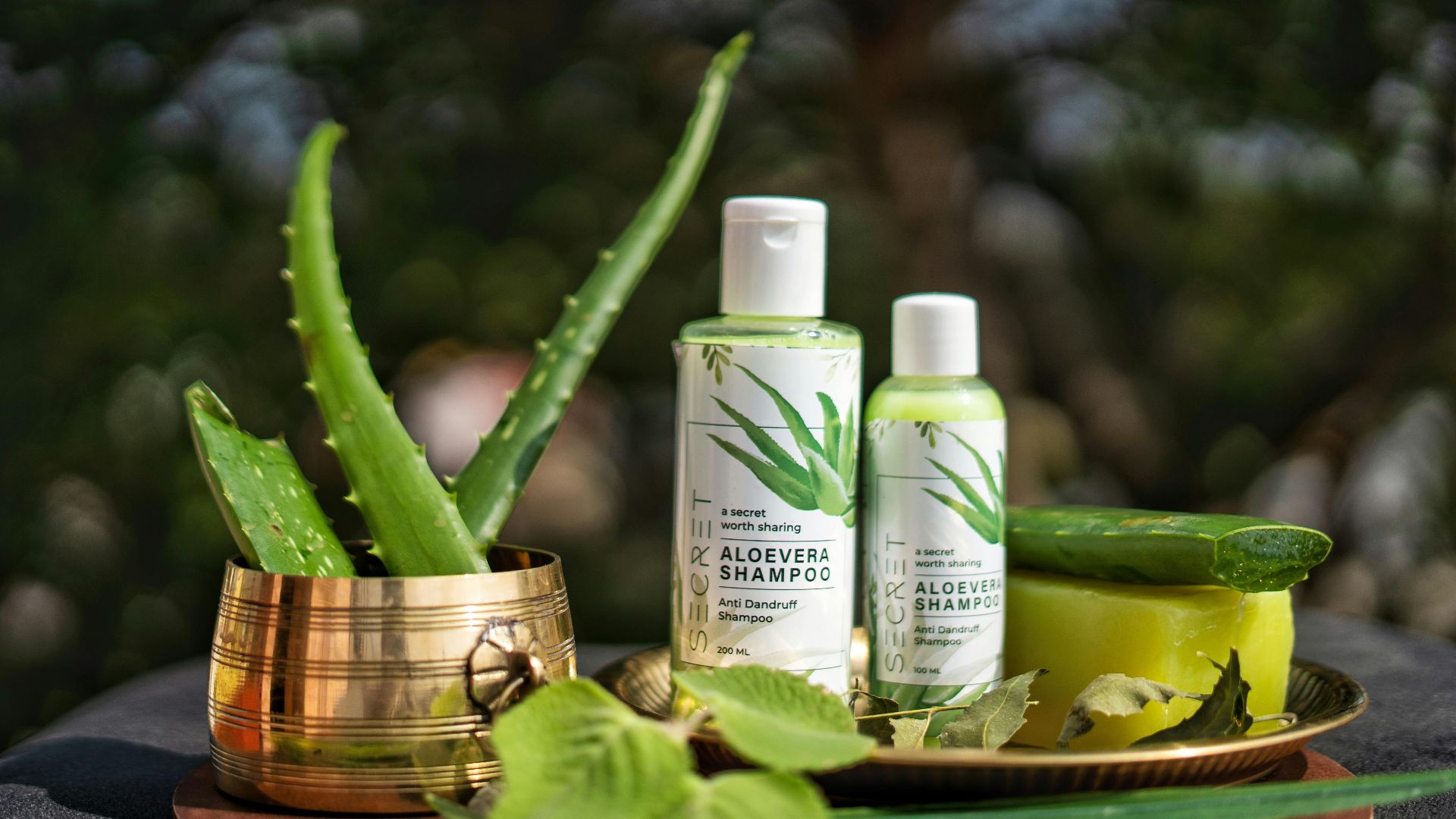 Souranshi Fashion and Lifestyle Magazine on Pexels
Souranshi Fashion and Lifestyle Magazine on Pexels
8. Apply Dry Shampoo Sparingly
Dry shampoo works wonders for midweek freshness, yet overuse backfires. It’s best used on roots before workouts or between washes rather than daily. Ingredients like clay or starch soak up oil effectively, still, letting buildup linger too long can irritate the scalp and dull natural shine.
9. Incorporate Tea Tree Oil Shampoo
That tea tree oil goes a long way. Just a few drops blended into shampoo refresh the scalp, clearing impurities while maintaining its natural balance. The antibacterial and antifungal power helps control oil and leave hair feeling clean and comfortably fresh.
10. Rinse With Diluted Apple Cider Vinegar
If hair feels heavy or flat, a touch of apple cider vinegar (properly watered down) can bring it back to life. This helps balance scalp pH and clear buildup while adding a healthy sheen. Undiluted, though, it’s too acidic for regular scalp use.


